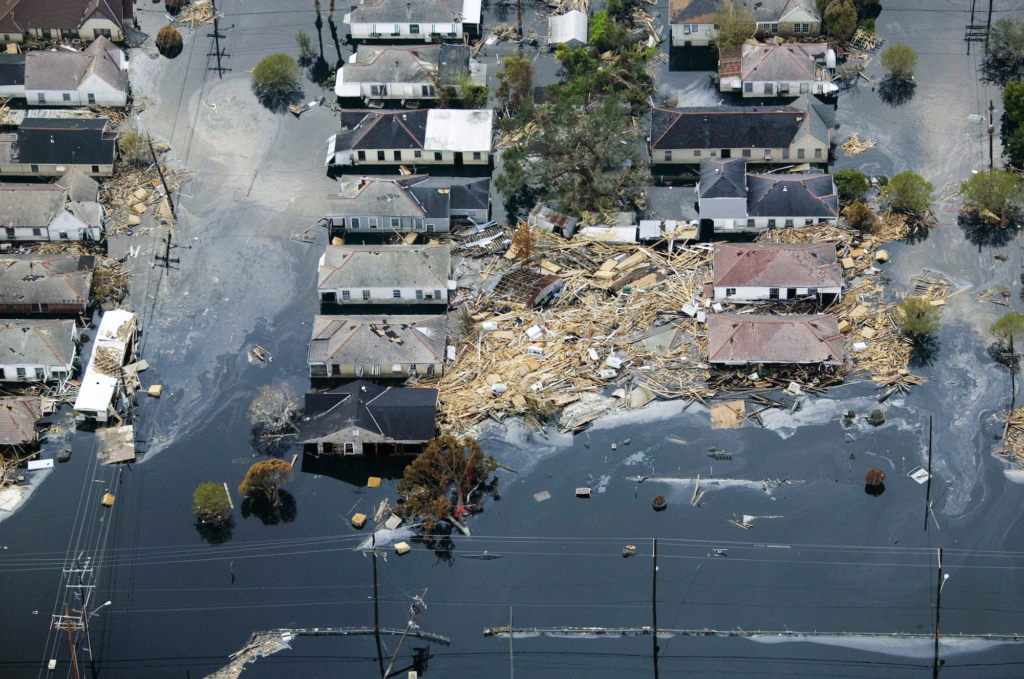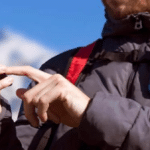In the realm of emergency preparedness, real-life survival stories serve as powerful reminders of the importance of readiness and resilience. From natural disasters to unforeseen crises, individuals who have faced life-threatening situations and emerged victorious often credit their preparedness efforts, including having a well-equipped go bag, as crucial factors in their survival. In this extensive narrative, we’ll explore a collection of survival stories from around the world, highlighting the role of go bags in these harrowing experiences, and drawing valuable lessons that can benefit us all.
Please note that this content is reader supported. By clicking the links, we may earn a commission. Thanks!
Introduction to Survival Stories
Survival stories captivate our attention and inspire us with tales of courage, resourcefulness, and resilience in the face of adversity. These narratives offer valuable insights into the human capacity to overcome challenges and adapt to extreme circumstances. By examining real-life examples of survival, we can glean important lessons and strategies for enhancing our own preparedness efforts, including the critical role of go bags in emergency situations.
1. Hurricane Katrina: The Importance of Mobility and Adaptability
One of the most devastating natural disasters in recent history, Hurricane Katrina wreaked havoc along the Gulf Coast of the United States in 2005, leaving a trail of destruction and displacement in its wake. Among the countless stories of survival and resilience that emerged from this catastrophic event, one stands out for its demonstration of the importance of mobility and adaptability in emergency situations.

In the chaotic aftermath of the hurricane, Sarah, a resident of New Orleans, found herself stranded in her flooded home with limited supplies and no means of communication. Recognizing the urgency of the situation, Sarah grabbed her go bag—a waterproof backpack stocked with essential supplies including food, water, a flashlight, and a first aid kit—and began navigating the flooded streets in search of safety.
Despite the challenges posed by rising waters, debris-strewn roads, and dwindling resources, Sarah’s go bag proved to be a lifeline, providing her with the tools and provisions needed to endure the ordeal. By maintaining a sense of mobility and adaptability, Sarah was able to navigate the chaos of Hurricane Katrina and eventually reach a designated evacuation point, where she was rescued and transported to safety.
Sarah’s story underscores the importance of having a go bag prepared and easily accessible in emergency situations. In times of crisis, mobility and adaptability can mean the difference between survival and catastrophe. By equipping ourselves with the right tools and supplies, we can enhance our ability to navigate emergencies and overcome unforeseen challenges with resilience and determination.
2. Earthquake in Nepal: Community Resilience and Mutual Support
In April 2015, Nepal was rocked by a devastating earthquake that claimed thousands of lives and caused widespread destruction across the country. Amidst the rubble and chaos, stories of survival and solidarity emerged, highlighting the resilience and strength of the Nepalese people in the face of adversity.

Among those affected by the earthquake was Rajesh, a resident of Kathmandu, who found himself trapped in the rubble of his collapsed home with limited access to food, water, and medical supplies. With rescue efforts underway and resources dwindling, Rajesh relied on his go bag—a compact backpack containing essential items such as a flashlight, a multi-tool, and emergency rations—to sustain himself until help arrived.
As days turned into weeks and the scale of the disaster became apparent, Rajesh’s community rallied together to provide support and assistance to those in need. Sharing resources, pooling skills, and offering emotional support, neighbors and strangers alike came together to rebuild their shattered lives and communities.
Rajesh’s story illustrates the power of community resilience and mutual support in times of crisis. While individual preparedness is crucial, the strength of communities lies in their ability to come together and support one another in times of need. By fostering a spirit of solidarity and cooperation, communities can enhance their resilience and overcome even the most daunting challenges.
3. Snowstorm Survival: The Importance of Warmth and Shelter
In January 2021, a powerful snowstorm swept across the northeastern United States, blanketing the region in snow and plunging thousands of households into darkness and cold. Among those affected was Emily, a resident of upstate New York, who found herself stranded in her snowbound home without power or heat.

With temperatures plummeting and no immediate prospect of assistance, Emily relied on her go bag—a well-stocked backpack containing essential supplies such as blankets, hand warmers, and emergency candles—to endure the frigid conditions. By hunkering down in a small, insulated room and conserving her resources, Emily was able to stay warm and comfortable until power was restored and roads were cleared.
Emily’s experience highlights the importance of warmth and shelter in cold weather emergencies. In extreme weather conditions, hypothermia and frostbite pose significant risks to health and safety. By including items such as blankets, hand warmers, and emergency shelters in their go bags, individuals can mitigate these risks and ensure their comfort and well-being during prolonged periods without heat or electricity.
4. Urban Evacuation: Navigating Chaos with Preparedness
In 2019, a series of wildfires swept through the outskirts of Los Angeles, California, forcing thousands of residents to evacuate their homes at a moment’s notice. Among those caught in the path of the inferno was Michael, a resident of a suburban neighborhood, who found himself racing against time to escape the encroaching flames.

With embers raining down and smoke filling the air, Michael grabbed his go bag—a compact duffel bag containing essential supplies such as water, snacks, a flashlight, and a portable radio—and fled his home in search of safety. Navigating gridlocked streets and choked highways, Michael relied on his preparedness and resourcefulness to navigate the chaos and reach a designated evacuation center, where he found refuge and assistance.
Michael’s experience underscores the importance of urban evacuation preparedness in densely populated areas. In times of crisis, traffic congestion, road closures, and limited resources can hinder evacuation efforts and exacerbate chaos and confusion. By having a well-equipped go bag prepared and easily accessible, individuals can enhance their ability to evacuate quickly and safely in emergency situations.
Lessons Learned from Survival Stories
While each survival story is unique, they all share common themes and lessons that can inform our own preparedness efforts. Here are some key takeaways gleaned from these real-life examples:
- Preparedness Saves Lives: Having a well-equipped go bag prepared and easily accessible can mean the difference between life and death in emergency situations. By investing in preparedness and equipping ourselves with the right tools and supplies, we can enhance our ability to navigate crises and overcome challenges with resilience and determination.
- Mobility and Adaptability are Key: Mobility and adaptability are essential traits in emergency situations. By maintaining a sense of mobility and adaptability, individuals can navigate chaos and uncertainty and reach safety more effectively.
- Community Resilience is Powerful: The strength of communities lies in their ability to come together and support one another in times of need. By fostering a spirit of solidarity and cooperation, communities can enhance their resilience and overcome even the most daunting challenges.
- Warmth and Shelter are Essential: In cold weather emergencies, warmth and shelter are crucial for health and safety. By including items such as blankets, hand warmers, and emergency shelters in their go bags, individuals can mitigate the risks of hypothermia and ensure their comfort and well-being.
- Urban Evacuation Preparedness is Critical: In densely populated areas, urban evacuation preparedness is critical for navigating chaos and reaching safety in emergency situations. By having a well-equipped go bag prepared and easily accessible, individuals can enhance their ability to evacuate quickly and safely.
Conclusion
Survival stories serve as powerful reminders of the importance of preparedness and resilience in the face of adversity. By examining real-life examples of survival and drawing valuable lessons from these experiences, we can enhance our own preparedness efforts and better equip ourselves to navigate emergencies with confidence and determination. Whether it’s maintaining mobility and adaptability, fostering community resilience, ensuring warmth and shelter, or preparing for urban evacuation, the lessons learned from survival stories can inform and inspire us to take proactive steps towards readiness and resilience in our own lives. So take action today to prepare for the unexpected and ensure you’re ready to face whatever challenges may come your way.







